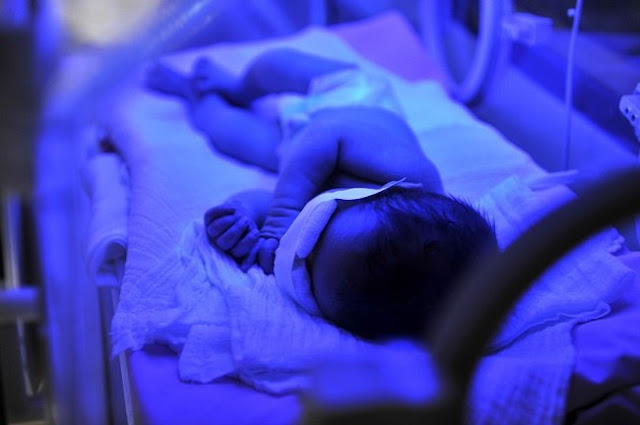Recognize Normal Bilirubin Levels in Newborns
Bilirubin is a yellow pigment in the blood and stool. Bilirubin is made by the body when red blood cells are destroyed naturally. In newborns, one sign of high bilirubin levels is the condition of yellow babies.
The baby will turn yellow if bilirubin is not processed properly by the liver. This can occur because the amount of bilirubin produced from the destruction of blood cells is too much, so the liver does not have time to process it, or indeed because there is interference with the liver. When this happens, the surface of the skin and the whites of the eyes turn yellow. This condition is called jaundice.
Ensuring Normal Bilirubin Levels Through Blood Tests
To ascertain bilirubin levels, it is necessary to have a blood test. The examination is carried out the first few days since the baby is born. This is to prevent the possibility of harmful effects that threaten the safety of the baby. In newborns, normal bilirubin levels should be below 5 mg / dL. However, not a few newborns who have bilirubin levels exceeding these levels. For some cases of mild jaundice in newborns, no special therapy or medical treatment is needed. This condition can resolve on its own within 2-3 weeks. But for more severe conditions, it is necessary to get intensive treatment by a doctor in the hospital. Handling given by a doctor aims to prevent dangerous conditions, namely kernicterus, due to jaundice that is left too long. This condition is a type of brain damage caused by high levels of bilirubin in a baby's blood.High Bilirubin Handling
Yellow babies due to high bilirubin with moderate to severe levels, must immediately get treatment so that it can return to normal. The following high bilirubin levels according to the baby's age:- More than 10 mg / dL in infants less than 1 day old
- More than 15 mg / dL in infants aged 1-2 days
- More than 18 mg / dL in infants aged 2-3 days
- More than 20 mg / dL in infants older than 3 days.
Ray therapy (phototherapy)
On phototherapy, the baby will be placed under a special light that looks turquoise. The light is expected to help change the bilirubin molecule so that it can be excreted through urine and feces. During the process, babies are only allowed to use diapers and eye protection.
Immunoglobulin transfusion
Is a further step for handling yellow babies, especially those caused by differences in rhesus blood groups of infants and mothers (rhesus incompatibility). This condition makes the baby get a lot of antibodies from the mother's body, which will attack the baby's blood cells, resulting in the breakdown of many blood cells. Infusion of immunoglobulin (IVIg) can help reduce the amount of these antibodies, so jaundice can be overcome.
Transfusion of blood turnover
Handling in this way is only done if the baby has severe jaundice that does not show a response to other therapies. Blood replacement transfusion is done by taking a small portion of blood from the baby's body, then replacing it with donor blood, and done repeatedly. The goal is that the blood in the baby's body is free from high levels of bilirubin and maternal antibodies.



Komentar
Posting Komentar